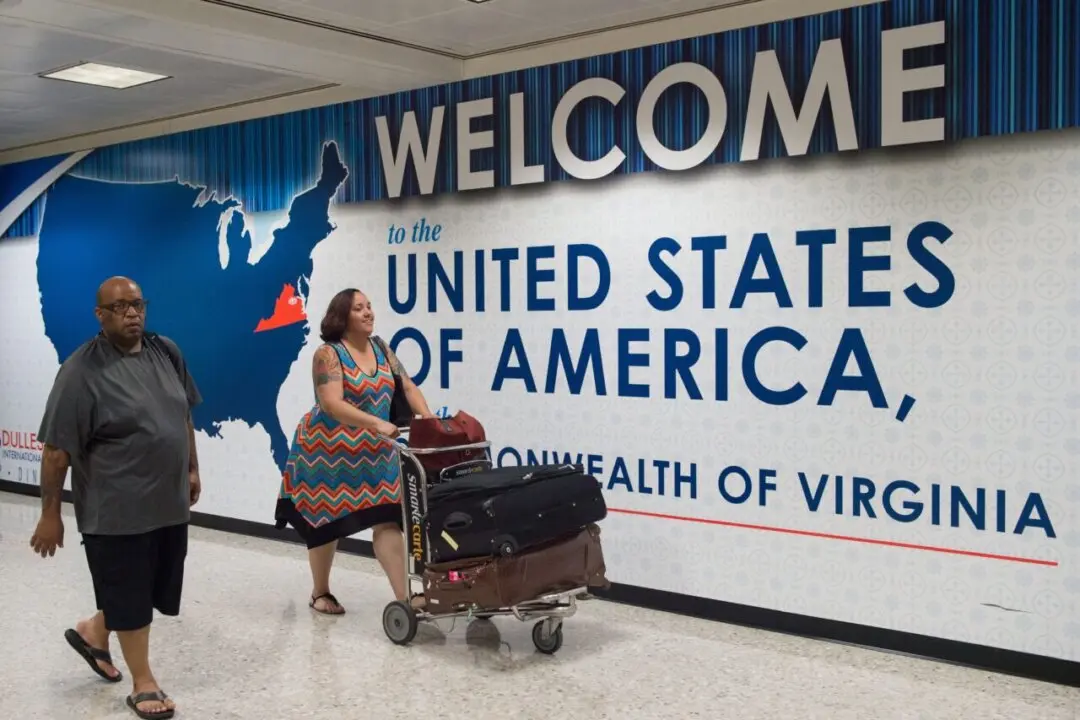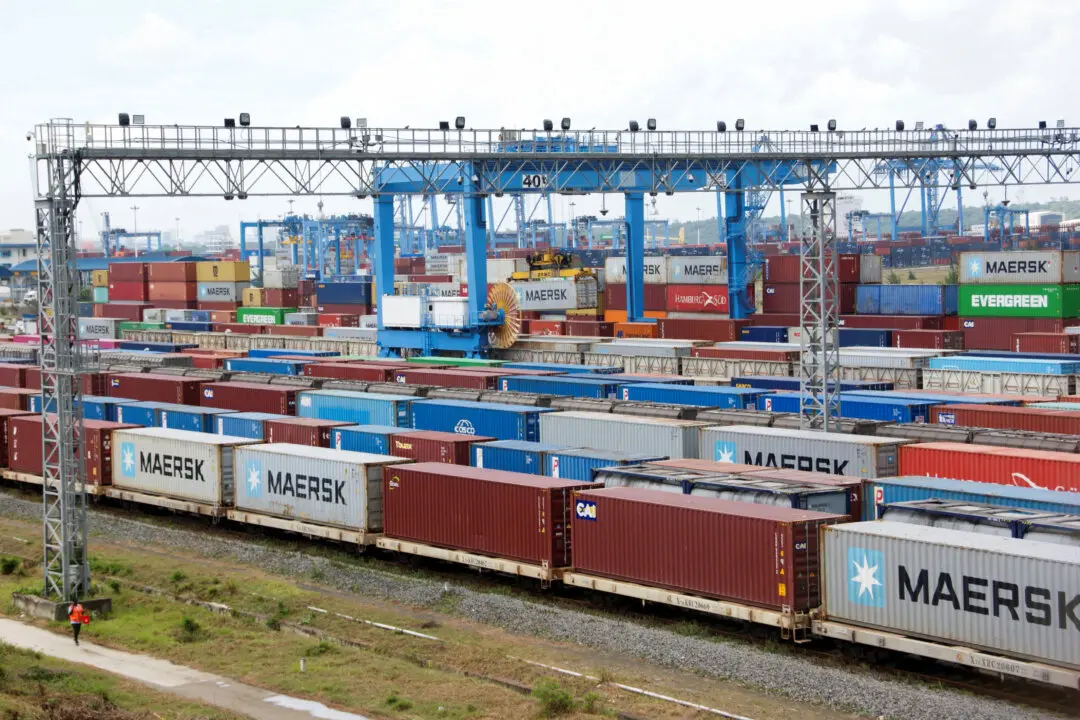The federal National Transportation Safety Board has asked automakers and regulators for “new technology” that can “reduce speeding” in every new car made in the United States.
In a news release Tuesday, the NTSB cited a crash in Las Vegas that left nine people dead that “highlights need for intelligent speed assistance technology and countermeasures including interlock program for repeat speeding offenders.”





